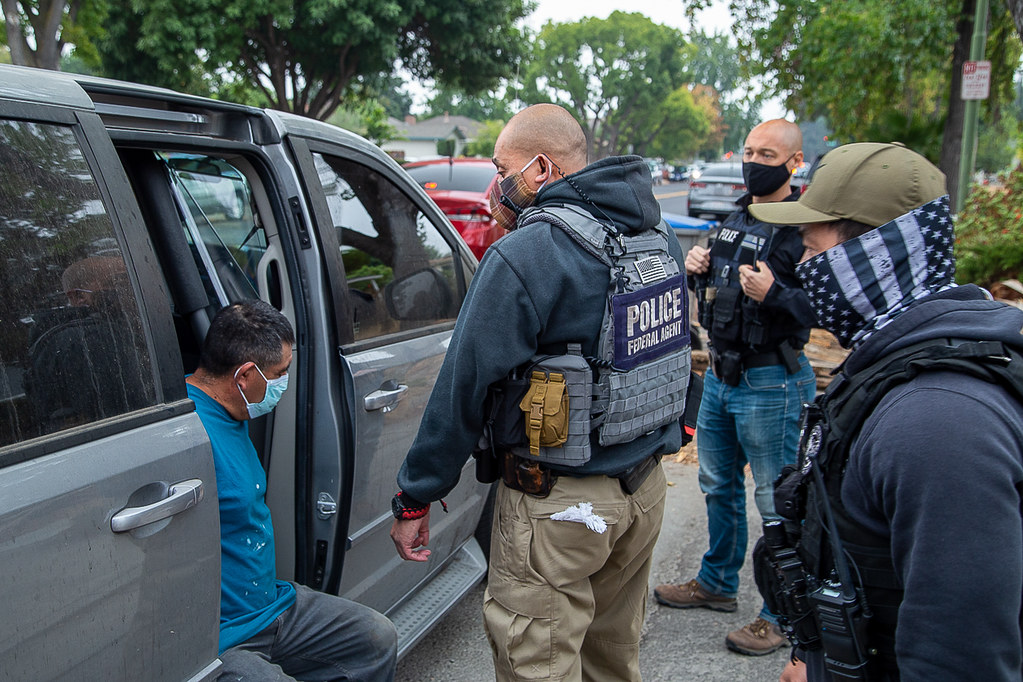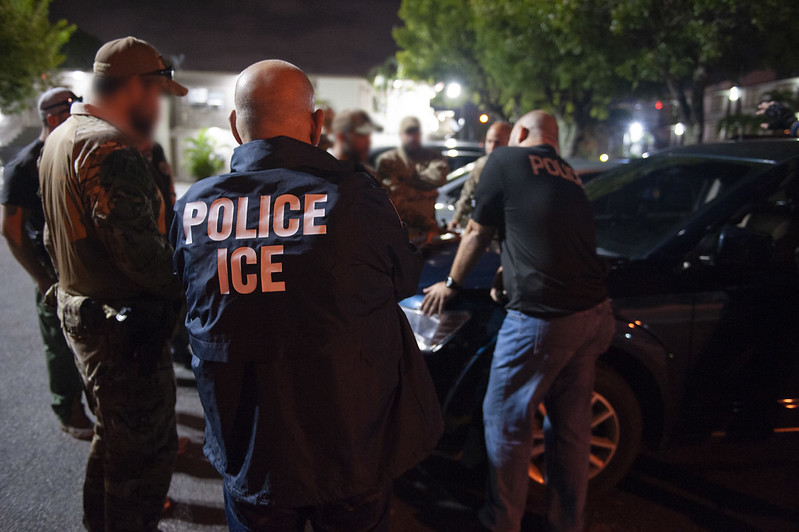 By Editorial Board
By Editorial Board
Daytona Beach News-Journal
Missing from the national debate on police officer-involved shootings, such as when deadly force is justified and how often race plays a role, is one key component: actual data.
It’s been one of the most confounding revelations since civil unrest over a police shooting erupted in Ferguson, Missouri, in summer 2014: No one knows exactly how many people are shot by law enforcement each year, and what the circumstances are in each instance. The federal government doesn’t have the numbers, and neither do most states — including Florida, a deficiency exposed by the Daytona Beach News-Journal last year in “Shots Fired,” its special investigation of civilians being shot by state and local law-enforcement officers.
Since Ferguson, and since “Shots Fired,” more highly publicized officer-involved shootings around the nation have sparked organized protests to draw attention to the issue. What’s needed in the emotional discussion are some cold, hard facts.
Thankfully, the Justice Department recently announced it would start collecting nationwide data early next year on police shootings and other violent encounters with the public. It’s a long-overdue move to establish what should have been a fundamental responsibility of law enforcement from the outset.
Indeed, the Washington Post got the jump on the government last year by compiling its own national database of police shootings, a gap that FBI Director James Comey said was “embarrassing.”
“We can’t have an informed discussion because we don’t have data,” Comey told the House Judiciary Committee last October.
To read more click here.





